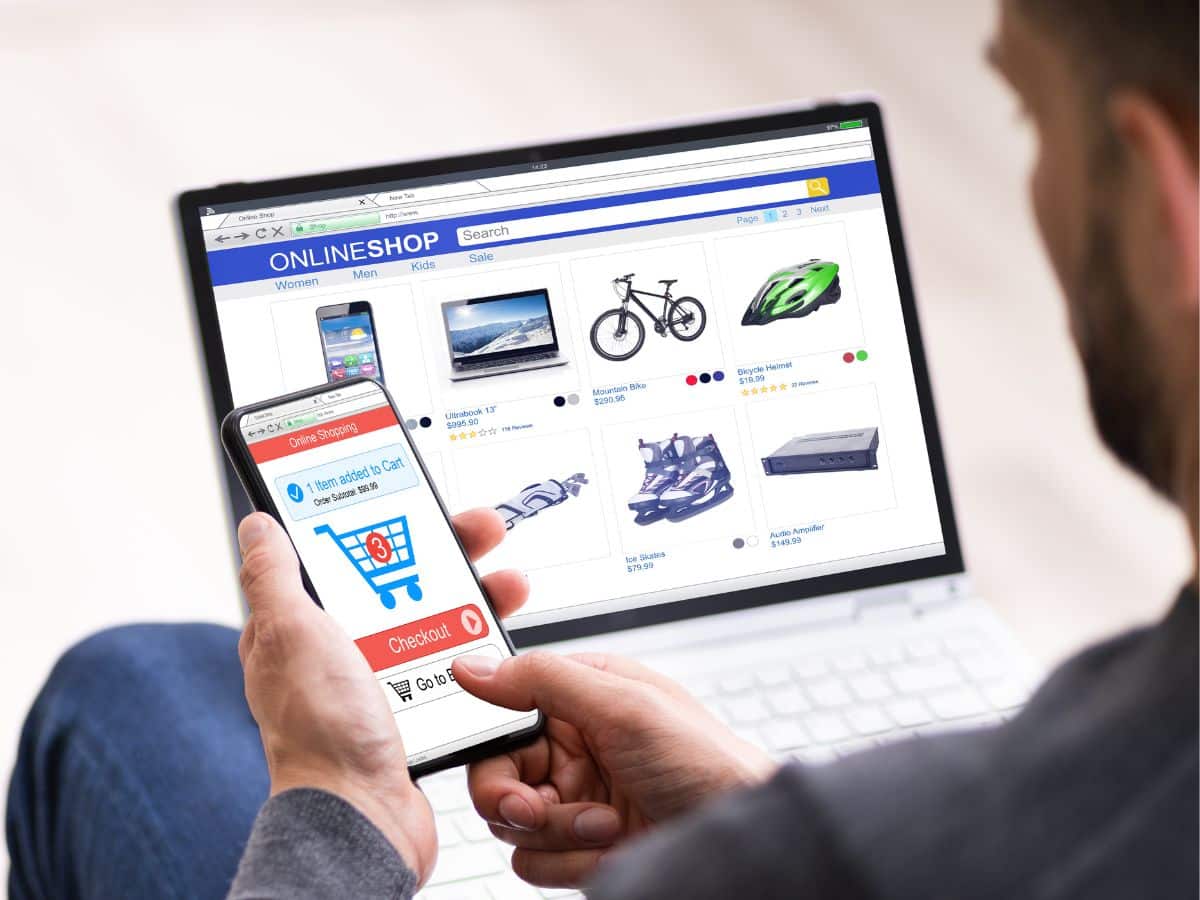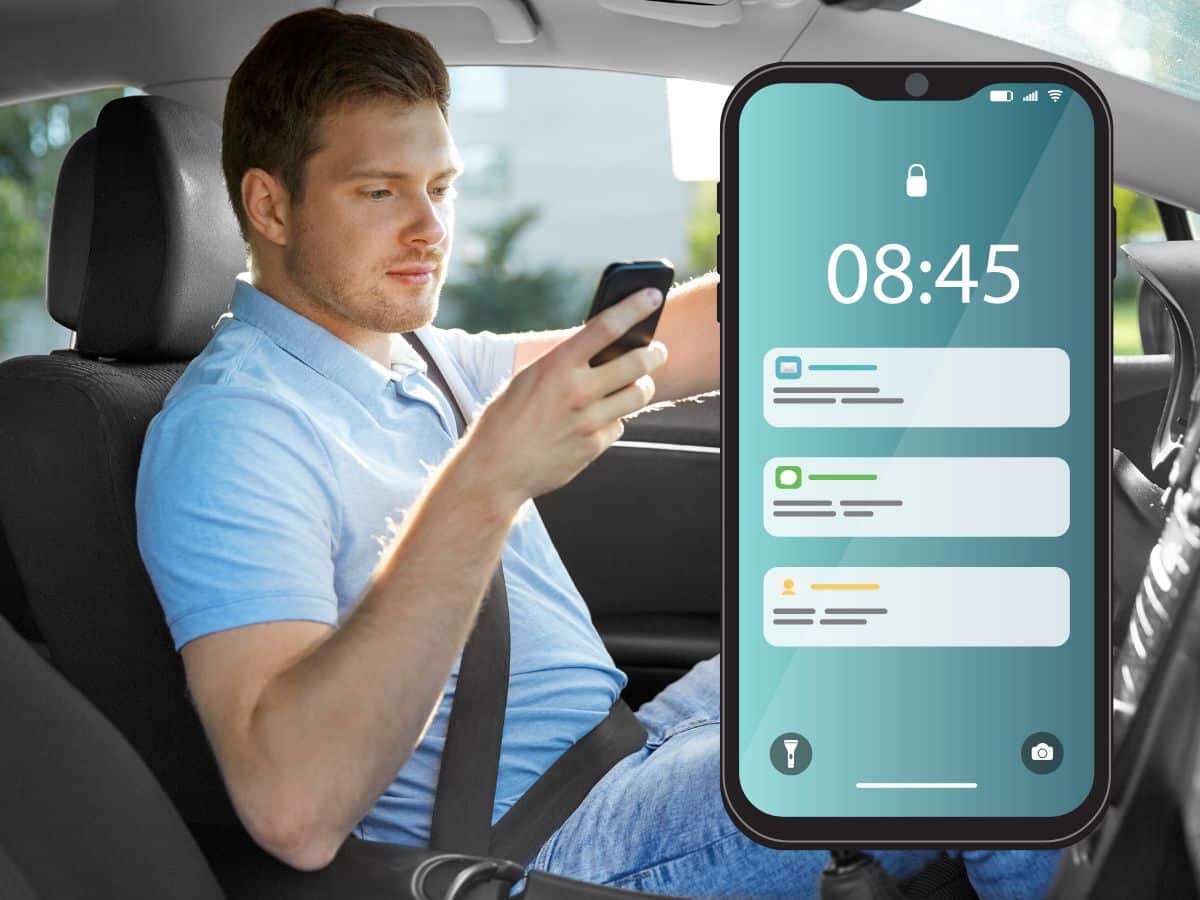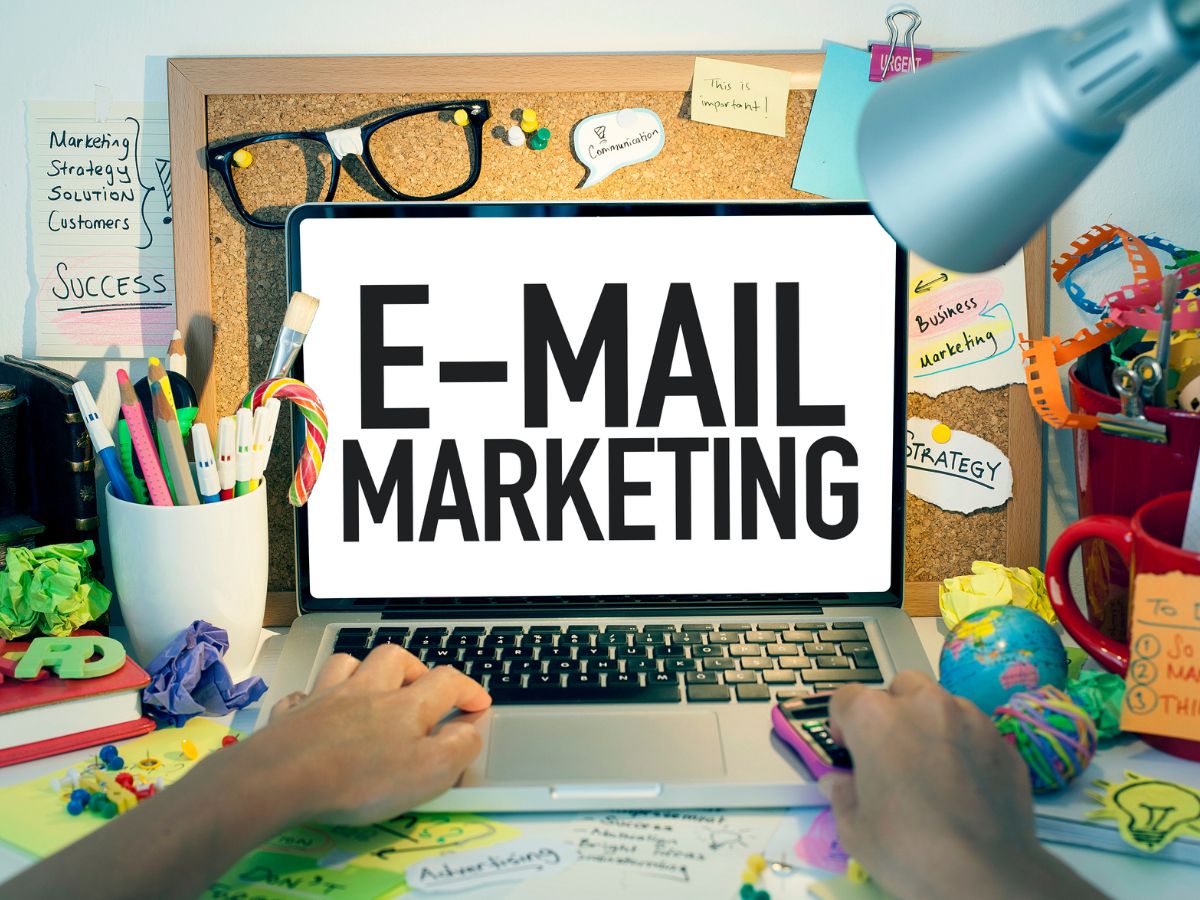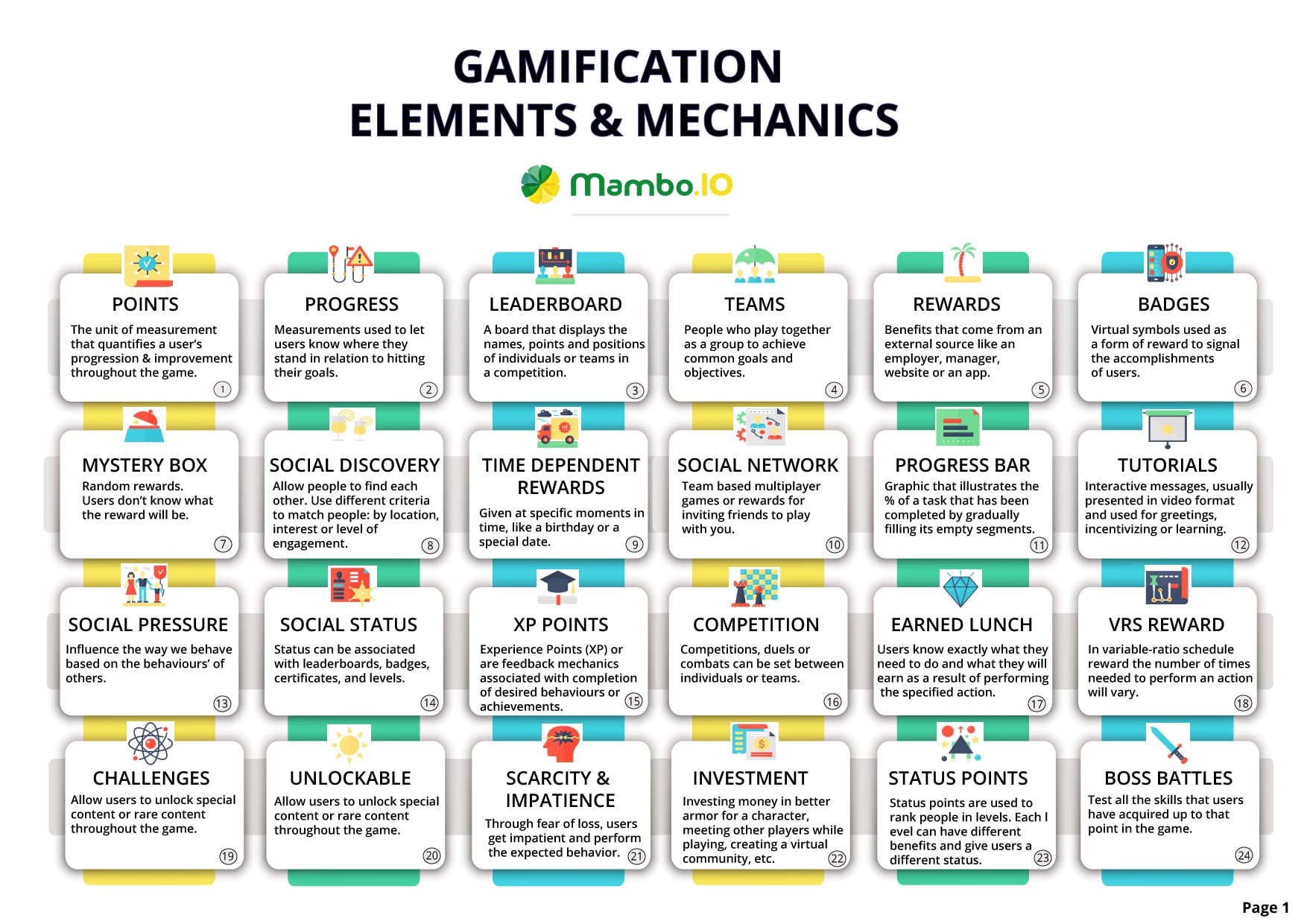Digital Engagement: The Best Tools To Increase Results
What are the best tools to use in your digital engagement strategy?
If you really need to boost your business bottom line, digital engagement should form a core component of your customer experience approach.
Not only boosting engagement can increase customer loyalty, but also frequency and advocacy. So, the knock-on effects are all beneficial to your organisation. Table of Contents
Download your free
“108 Gamification Elements and Mechanics”
Get your cheat sheet and have a quick reference at your fingertips!
What is digital engagement?
Engagement takes on many forms.
Digital engagement is about getting your audience locked into the experiences your brand offers via online and digital media. Overall, doing this right improves your relationships internally and externally. But getting it wrong can damage your brand perception. So, you want to make improving digital engagement a core KPI.
A recent CNBC report explains:
“At work, employee engagement is a focus for human resources professionals as well as a metric on which to base manager performance and determine the efficacy of programs and communications designed to strengthen employee loyalty.
A lack of customer engagement can torpedo an entire business line. Engagement scores may even be used to persuade top talent to join an organisation.”
Basically, if your business is going to thrive in today’s modern world, you can’t ignore digital engagement. Today, we’ll explore how you can boost digital engagement in two ways – for your employees and your customers.
Customer digital engagement

Marketing and sales are your key points of contact for digital engagement with customers. It’s both proactive and reactive. In brief, you want to be there, following the whole buyer’s journey. Overall, the goal of each touchpoint is to stimulate action from these users.
Best examples of digital customer engagement
When you’re driving digital engagement from your customers, the goal is usually to:
- Get them to buy now.
- Encourage customers to consume content so they become loyal or educated.
- Give you feedback in a (CSAT) survey so you can further increase digital engagement.
- Help them with a question through a chatbot or online channel.
- Build an online community where users share with each other and reinforce the brand values.
Why is digital customer engagement important?
Overall, digital engagement for customers is most critical at the retention stage. You want to keep them engaged once they’ve bought from you. But part of that means you need to make sure they’re happy in order to keep them loyal.
So, if you’re not looking after the full buyer journey (research, comparison, information gathering, support); they’re not going to come back.
Most people don’t just buy a product because they like it. You need to use digital engagement to make the buying experience meaningful and personalised to the individual and their needs.
In short, leveraging digital engagement strategies to apply the data you have on customers to improve their experience will put you ahead of the pack. Do this through great real-time support, good content marketing and a powerful omni channel CX strategy.
Digital customer engagement trends
#1. Automate for data-driven insights

You probably collect a lot of data and then don’t know what to do with it, right? Here is where AI and automation can come to the table. First, computerised intelligence can look at all that information and make some assumptions about your customer behaviour. Then, you can use it to take small tasks off your employees. But just make sure you’re feeding it good data. AI Authority explains:
Reports indicate that AI programs can be at least 95% accurate on a regular basis, [but] AI programs cannot determine whether or not the data being analysed is accurate.
So, use it to connect promotions to your order management centre or marketing comms to your website traffic. Overall, AI can help you make smarter decisions, faster. Plus, it can save on overheads too.
#2. Use data to personalise the experience
Once you’ve collected the data, you need to put it to use. Initially, you can take those automated insights from point 1 and apply them to your customer experience.
This will help you to serve up digital engagement experiences that give your visitors more relevant content. Then, consider tailoring your comms to the type of user they are or the sorts of solutions they’ve looked at in the past.
This helps your prospects know you value their time and aren’t flooding them with irrelevant information. In turn, you’ll drive more conversions from these grateful, time-poor consumers.
#3. Connect all your channels
First, let us say that you don’t need to offer every possible form of contact. But, the ones you do have must be integrated into an omnichannel approach.

Ideally, you want an environment that allows your users to talk to you whenever and however they like. Linking your channels will also help your AI and automation make more accurate decisions as they won’t be missing pieces.
Generally, the result of connecting your channels is better digital engagement, retention and satisfaction. Plus, you can trim overheads by learning more about how customers want to connect with you.
This will potentially let you drop unpopular channels entirely.
#4. Consider rewarding loyalty
You want sticky, long-term customer relationships. That’s the whole point of a digital engagement strategy. So, rewarding customers for their loyalty makes sense.

According to Invesp:
“In one of the studies we conducted, we discovered that loyalty programs can generate as much as 20% of a company’s profits –of course, that is if they’re done well. In fact, 84% of consumers say they’re more apt to stick with a brand that offers a loyalty program.”
In fact, just opting into a loyalty program is a good indicator that the user wants to engage with you more!
Just make sure that the rewards have a real value to the customer. Also, link the time they stay with your brand and buy from you to an increase in these rewards.
Don’t make it a mystery either. In short, be upfront and remind users how they can earn rewards and what they have invested already. Overall, pay-for-play isn’t a problem if customers feel you are adding value through your products and the reward programme too.
#5. Offer real-time support
Invest in live chat. Simple as that. In general, when your users have a question and reach out for some digital engagement, you need to be there. And the live chat channel is a great way to provide real-time support for your product and service.
When you solve their problems and alleviate their concerns, customers are more likely to buy. Plus, it’s more popular than ever.
According to Salesforce:
“In the UK, 41% of consumers state that live chat is their preferred channel of support. Whether it’s used as a customer service tool or as part of the sales journey, live chat tools can give customers real-time interaction.”
Crucially, you’ll also get data on that interaction too in order to improve services.
#6. Use chatbots to help
When your customers’ questions are simple to answer or they just need to know how to get around your website, then a chatbot is ideal. 62% of US customers actually like to use them.

Plus, every time a customer uses a chatbot instead of waiting for an agent, this frees up your team to deal with more difficult issues.
Chatbots can be configured to support your online site or funnel questions to the right agent. This is useful if you have specialised team members like tech support. Overall, chatbots provide a large number of operational benefits to any business.
#7 Don’t forget about AI
AI can help you understand your customer better. It takes dirty data from disparate sources and makes it easy to analyse.
Supported by ML, digital engagement is enhanced by looking at this historical, social and behavioural data to drive insights about your customers. But this data isn’t stagnant.
AI keeps learning. It tries to anticipate behaviour and suggests ideas to serve content, boost sales and streamline the buyer journey. In short, you get more business intelligence plus you can support hyper personalisation too with AI.
Combine your smart machines with VA, proactive customer service logic, predictive routing and biometrics to be at the forefront of this tech.
#8. Email newsletters aren’t dead
You can still engage your customer base with newsletters. Not only do they help keep your customers updated but they can be personalised too.

Use smart modules to customise each newsletter to your contact’s interests in order to increase their digital engagement.
Include company news, product info, industry tips and any other comms you think they will be interested in based on what you know about them. Overall, you’ll increase their loyalty and longevity through targeted, segmented marketing like this.
Oh, and don’t forget to send your newsletters on a Monday or Tuesday for a little KPI boost.
Campaign Monitor explains:
“When looking at email statistics by day, there doesn’t seem to be too much variance in how emails perform on a given day. Overall, weekdays — as usual — tend to perform the best, with the lowest engagement numbers falling on the weekend.”
#9. Try email marketing
Just like with your newsletters, use segmentation and personalisation to boost your email marketing open and click-through rates. In general, you’re shooting for 2-5% open and 10-22% CTR.
Sort your contacts into different groups like those with a high lifetime value in a different list to prospects who have never purchased.
Benchmark Email explains why this is so important:
“Marketers who employ personalization in their emails report 27% higher unique click rates and 11% higher open rates than those who do not. Meanwhile, 52% of consumers say they’ll look elsewhere for their shopping needs if a brand sends an email that’s not [personalised].”
Additionally, for more information on how to track your email marketing effectiveness for digital engagement, click here.
#10. Augment with self-service
According to Statista:
“A March 2020 survey of global B2B vendors revealed that 39 per cent of B2B respondents would like self-serve (without speaking with someone) when accessing pricing at other B2B companies. In contrast, only 2 per cent reported that they would rather speak to employees when working with fellow B2B vendors, regardless of the issue.”
So, don’t overlook the value of self-service. This might include making a FAQ section, how-to videos, webinars or Wikipedia-style articles for your business. Make it easy for users to find these assets. Moreover, any poor-performing self-service tools might benefit from a design overhaul, so consider looking at your UX too.
#11. Go fully digital
While in-person events are fun, going fully digital allows you to connect with people all over the globe. When you embrace web meetings for more than just video conferences, you can unlock digital events to promote your products, engage with customers, give company updates or help your customer with webinars.
Modern web meeting providers offer a range of interactive and collaborative tools to enhance digital engagement to keep these events fun. Lastly, consider how you can teach something or connect people.
Markletic explains:
“80% of people join virtual events for educational purposes. The next biggest reason for joining virtual events is networking.”
So, if you can add value in these ways, you’re likely to make a more lasting impression.
#12. Consider privacy & protection
While we want to collect as much information as possible about our customers, we need to look after their comfort, privacy and security too.

From GPDR to the California Privacy Act, it’s no longer optional to run a compliance data storage operation. Make sure to have compliant terms and conditions, cookie policies and data protection processes on your website.
By doing this, you’re helping keep your customers confident in your business ethics and comfortable with your processes. Lastly, don’t shoot for the bare minimum.
If customers feel you’re doing more to protect them, then the result is a higher digital engagement and increased brand trust.
Employee digital engagement

Why are companies looking to engage employees digitally?
Digital engagement for employees can increase retention, boost performance, increase work quality and improve profits overall. This can be done via:
- Showing appreciation in real time to retain great workers.
- Helping workers upskill with fun learning and training programmes online.
- Boosting collaboration with virtual team-building events.
- Tracking employee progress to identify who needs additional support.
- Recognising your peers through public praise.
- Building a team community online (including remote team members) for morale.
- Providing cutting-edge tools to make their work more productive.
- Cutting a clear career progression with core steps needed for a promotion.
What do the statistics say about employee engagement?
Employee engagement is defined by a range of factors from how supportive management is to how clear-cut their career path is. Even the tech you have installed in your workplace makes a difference in how many employees you retain each year.
Only 34% of US employees are actually engaged at work, so you can’t afford to overlook these drivers. Keen to learn more about the factors impacting employee engagement? Click here to read the full article.
What are the best tools to increase digital engagement?
Increasing digital engagement starts with the user type. If the user is buying, then they’re going to follow the buyer’s journey. Find out where they are and how you can support and intercept them to increase conversions.
Best tool to increase digital engagement for websites, apps or any other platform:
Gamification
- Allow them to discover content via unlockable levels and point generation.
- Inspire customers to compete with friends and family.
- Use tracking tools to enhance customers’ experience using personalisation.
- Apply insights from your data gathering to alter the journey as needed.
- Give them real-time feedback wherever it’s needed.
- Grow the community by encouraging users to challenge others.
- Offer loyalty rewards, incentives and prizes.
- Run contests to attract users.
- Trigger FOMO with timed elements like limited-time offers.
- Trigger new missions for users so they can earn more levels and points.
Best tools to increase digital engagement on websites:
#1. Content curation & delivery
Help your customers spend time on your website by using content discovery tools to look at what you’re doing and suggest new ideas.
Then, once you have new content ideas, content creation tools will help you make blogs, graphics or digital assets to entice your customers.
For example, see this list of 51 great visual content creation tools that you can start using today.
#2. Give away freebies
From ebooks to calculators, offering free tools can help drive traffic and increase awareness of your goods and services. This SEO analyser is a great example of a useful tool that millions trust.
Just make sure you have the budget and time to put together something great. For inspiration, have a look at these freebie ideas.
#3. Use push notifications sparingly

Push notifications are a powerful intercept tool to get users thinking about your brand again.
Delivered via desktop browser or downloaded app, these pop-up messages have a huge 90% open rate and are almost guaranteed to get seen. Just don’t overuse them unless you want to annoy your customers.
Fast Company reports:
The number one reason people delete an app is because they receive too many irrelevant notifications, which make them a real liability for overzealous businesses. That holds true across age groups and demographics, all of which reported deleting apps because of annoying notifications—though a huge 78% of millennials in particular reported deleting an app because it was bothering them.
#4. Harness gamification elements and mechanics
Gamification elements can really boost digital engagement on your website. Consider hosting challenges or running competitions or games of chance.
Foster cooperation as users work together to answer common questions. Or incentivise feedback by encouraging them to earn resources like points that they can turn in for rewards. Obviously, don’t forget to reward buying transactions too.
Maybe encourage your users to take turns solving a puzzle or filling up a metre till it reaches one or more win states.
#5. Launch exit intent popups
When a customer looks like they’re going to leave your website, you can have a special kind of pop-up appear. This is called an exit intent overlay. First, they show up when the user puts their mouse towards the URL bar.

Next, that movement triggers a bright popup to win them back with an offer or discount. Overall, this can be a big driver of reduced cart abandonment. Just test a few different types to see what works for your customers.
#6. Trigger online surveys
If you don’t know what your customers think, you’re driving blind. That’s probably why online surveys are such an effective business intelligence and digital engagement tool in one.
You get the customer’s attention and gain valuable insights all with a click. Plus, because you’re asking for feedback, it increases the connection a client feels too… Everyone likes to be heard.
#7. Benefit from landing page builders
One size doesn’t fit all. That’s maybe why landing page building tools are so effective. First, they help you drive customer action and increase time on the page by offering very direct messages.
Then, you can enhance your landing page effectiveness further by segmenting them towards different audiences. Lastly, test a few against each other to see what performs best.
#8. Try smart bars
If you want to boost sales, try smart bars. These are simple little banners in bright colours at the top of the page that contain your most attractive sales offer or latest product update. As the user moves around, the message stays. This means it has a very high chance of being read and clicked on.
#9. Learn from user recordings
Capture the actions that customers take while on your website as you record their clicks and mouse movements. This can help you understand how people are interacting with your brand.
Maybe they’re missing whole sections of your website entirely. That’s a problem! Recordings allow you to fix issues with the buyer’s journey by changing the design slightly to help them find things better.
Increasing customer service engagement on websites:
#1. Aid customer service with chatbots
According to HBR:
“Like all successful automation efforts, customer service chatbots can reduce costs, but the improvements they make in customer experience are far more impactful. Bots are available 24 hours a day, 7 days a week, and often answer customers’ questions more quickly than human agents can.”
So use them to help your customers on the FAQ page, via a pop-up prompt or when they’re on a page for a while. You can store this information too. In short, it’s helpful later on for agents to know what the user was looking at should they escalate to traditional human support.
#2. Include live chat
Fast, efficient and personalised; create connections with your customers when they need you most. Since they’re 3 times more likely to buy when you proactively support them, profits go up too.

Have a look at the most popular live chat options here. Lastly, remember that every user you help without needing a human agent intervention reduces your overhead costs as well.
#3. Collaborative browsing support
Co-browsing is great for customer support. This lets you share your screen or guide their session in real-time. This means, your agents are acting like shop assistants but all virtually. It’s one of the top CS digital engagement strategies that actually mimics the in-store experience.
#4. Video chat engagement
Video chat can help you with both digital engagement and winning sales. According to Tech Target:
“Customer experience leaders said video helps them close sales in 38.9% of their video calls, generating an average of $6.9 million to $60.8 million in new revenue.”
So, it’s a post-pandemic trend you simply must harness.
Analytical engagement tools for websites:
#1. Analytics for websites
To be the most effective in your niche, you need to understand what customers are doing on your website. Tracking bounce rate, session duration and volumes are needed to identify trends in the type of content your customers want or where problems might lie.

In short, you’ll need to install some code to activate it. You can do this with the basic Google Analytics, Monster Insights or other popular traffic analytics tools.
#2. A/B testing programmes
Hubspot explains:
“A/B testing, also known as split testing, is a marketing experiment wherein you split your audience to test a number of variations of a campaign and determine which performs better. In other words, you can show version A of a piece of marketing content to one half of your audience, and version B to another.”
This is a great way to see how well a blog, landing page or product description performs versus another option. Most platforms will have this built-in or you can use a free tool like Google Optimize for this.
#3. User action capture
User recording software looks at clicks and mouse movements to help you understand user behaviour. Just watch the video back to see where customers get lost or if they’re missing core benefits, product info and features.
This can help you rebrand, redesign or create new content to help them. In focus groups, you can even track eye movement to see where they’re looking during browsing.
Tools for increasing digital customer engagement in marketing (offsite)
#1. Email marketing programmes

According to Digital Marketer, email marketing is still critical to business success:
“Believe it or not, email marketing gives the highest ROI (return-on-investment) than several other marketing means. So for every one dollar spent, email marketing produces more than $40 in ROI. In addition to that, it provides improved conversion rates. Various studies show email generates 66% of conversions. It’s 40-times more efficient and successful than other social media channels.”
#2. Retargeting digital ads
Once someone visits your website, you don’t want to lose them forever. Digital engagement is possible long after their browsing session is done via remarketing.
Digital retargeting ad campaigns allow e-commerce and other businesses to reach back out to prospects to show them products they might be interested in based on their habits on your website.
#3. Social media marketing

Social media benefits from a virality and herd mentality not seen in other channels. By jumping on trends and cultivating a brand presence, your organisation can increase its awareness. Social media is also a great place to offer personalised support and conduct targeted research.
#4. Text or SMS marketing
Voice Sage explains:
“64% of consumers think businesses should contact them via SMS more often.”
So, if you’re not using SMS marketing, then you’re missing out on a desirable form of digital engagement. Use tools like SimpleTexting to send texts to opted-in customer devices. Remember to personalise these texts to what they’re interested in to keep your open and click-through rates high.
#5. Other messaging platforms
It’s not just SMS customers respond to. More relationship-building channels like WhatsApp, Twitter DM, Apple Business Chat and Google’s Business Messages create a link that feels more like a friendship.
Additionally, since only 7% of marketers use channels like WhatApp to send sales messaging, it’s not as cluttered as other channels. This could boost its effectiveness. Basically, you’ve got a captive audience to talk to without other brands competing for attention.
Download your free
“Gamification Guide”
Get your PDF now and start transforming your approach to digital engagement!
Conclusion
There are many ways to drive digital engagement for your employees and customers. You could use AI to learn more about their habits or buy email sending software to plan an outbound contact strategy.
But across both groups, gamification is a strong engagement tool that’s more sticky, personalised and emotionally resonant than most other methods.
At Mambo.io, we offer a world-leading flexible gamification platform to help you roll out seamless gamified experiences that your employees and customers will love. Plus, they’re always tailored to your business goals.
Let us help you drive the KPIs you need to move. Just tell us your goals from increased customer loyalty to lower employee attrition to learn how Mambo can help.
Request a demo to see what Mambo can do for your company’s digital engagement today.
Related Posts
Machine Learning In Finance: 12 Essential Applications
The impact of machine learning on finance is significant. Thanks to this technology, financial institutions are now equipped to make efficient decisions. Through the analysis of data sets, machine learning […]
How To Create Interactive Compliance Training For Bank Employees
Banking compliance training isn’t just another task. It’s the stage where everything else performs. Banks must navigate a myriad of regulations and laws. After all, this is a trust-driven, high-stakes […]
How Fintech Apps Are Using Gamification To Increase User Engagement
Discover how gamification in fintech is revolutionizing financial engagement, making banking fun & boosting user loyalty.





